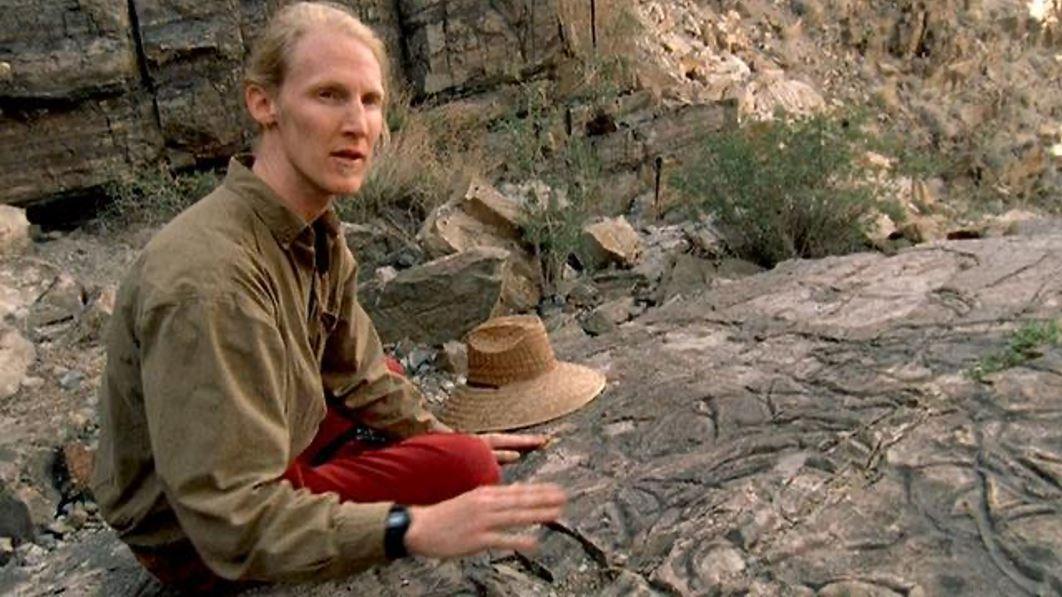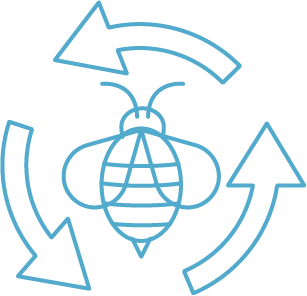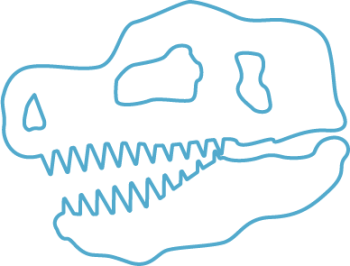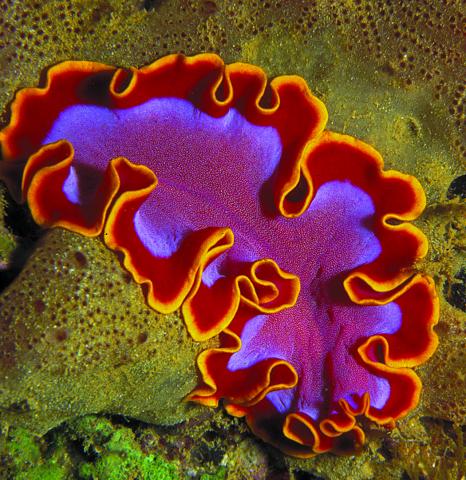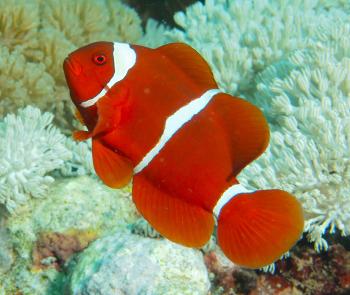Researchers say tiny marine worms called acoels may be one of the closest living representatives of the first bilaterally symmetrical organisms. Using DNA analyses, the team concluded not only that the acoels don't belong with other flatworms, but that they alone represent a living relic of the transition between radially symmetrical animals such as jellyfish and more complex bilateral organisms such as flatworms. From a Flatworm, New Clues on Animal Origins.
Scientists found fossil tracks of the earliest bilateral animal from at least 585 million years ago. The tracks they found indicated a front and back as well as a top and bottom. Fossil of Early Bilateral Animal.
Researchers at the University of California, Riverside discovered a bilateral worm-like fossil from before the Cambrian Explosion. This suggests that a bilateral body plan may have evolved earlier than previously thought.
